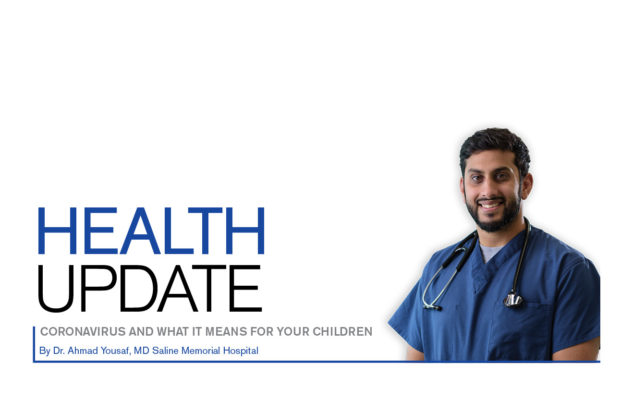Coronavirus and What It Means for Your Children

As of March 2nd, 2020, there have been 91 confirmed cases of coronavirus in the United States of America. Two people have died from the disease or of complications related to the disease. As the news floods social media, local news, and newspapers, finding reliable information that you can act upon is going to become more and more important.
The Coronavirus (COVID–19) comes from a family of viruses that typically cause symptoms like the common cold. Occasionally, as with the SARS virus previously, the coronavirus can gain mutations making it uniquely virulent or more damaging than other viruses in this family. When scientists and doctors begin to see an animal virus transmit to humans, the scientific community becomes more concerned that the virus has the capacity to gain mutations that make it more dangerous at a population health level. The term pandemic has been thrown around and it is important to understand what this could mean for you and your family.
This virus seems to have started infecting humans in Wuhan, China, the capital of the Hubei Providence. It seems to have spread quite rapidly for months causing a large response from the Chinese government. Because of China’s unique geopolitical status, getting reliable information about the outbreak has been quite difficult for the international community.
It appears from what we understand at this point, the mortality rate associated with this infection is around 2%. Most people who are infected have symptoms like the flu. However, in certain populations the infection is more severe, causing worsening respiratory symptoms and difficulty breathing. This can result in things like acute respiratory distress syndrome, which is worsening edema within the lung tissue causing respiratory failure and possibly death.
2% may not seem like a large number. However, when speaking about population health and the rapid spread of this disease, we are speaking about tens of thousands of lives at risk or lost in association with this outbreak already.
Here are the things we know for sure when it comes to the risk for children:
It appears that most children who have been affected have relatively mild to moderate symptoms with some requiring hospitalization. There have been no reported deaths among children at this point, but again, information from China has been limited.
The countries with the most widespread and sustained transmission and restrictions on entry to United States include China, Iran, Italy, South Korea and Japan. Current recommendations essentially entail not traveling at all to these countries at this point given the risk of becoming infected and spreading disease.
The American Academy of Pediatrics (AAP) has recommended to keep children out of the healthcare system unless necessary. Avoid close contact with people who are sick. Avoid touching the eyes, nose, and mouth. Stay at home when you are sick. Cover kids’ coughs or sneezes with a tissue and then throw the tissue in the trash.
Clean and disinfect frequently-touched objects and surfaces with household cleaning sprays or wipes. Finally, wash kids’ hands often with soap and water for at least 20 seconds. This is especially important before eating and after blowing the nose, coughing, or sneezing. If soap and water are not available, use an alcohol-based sanitizer with at least 60% alcohol.
As a healthcare provider, I often update myself on the newest information via the CDC website, and more specifically for pediatrics via the AAP website, which provides confirmed data and recommendations from the healthcare community. The United States of America has declared this a healthcare emergency and we must balance being careful, safe and informed, while also understanding there has been no evidence that this infection is not controllable.
At this point in time, we do not yet have a vaccine, though major research facilities are working on this now. Treatment for the disease is simply supportive care similar to that for a bad cold or the flu. Ensure you remain up to date on the most current medical recommendations and try your best to validate any information that seems to stoke fear rather than provide facts.









0 comments